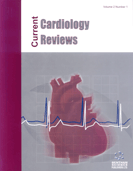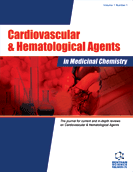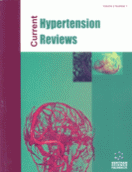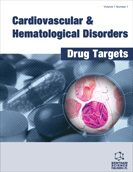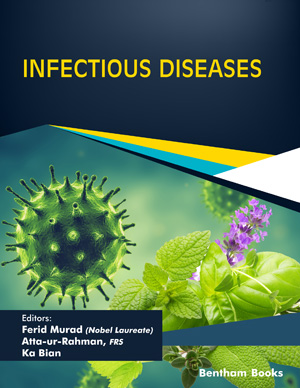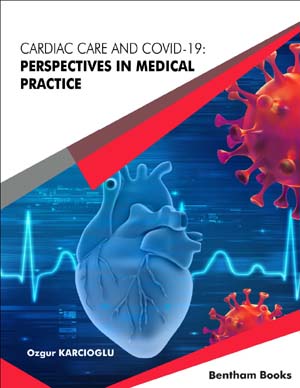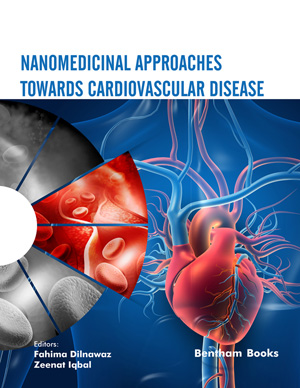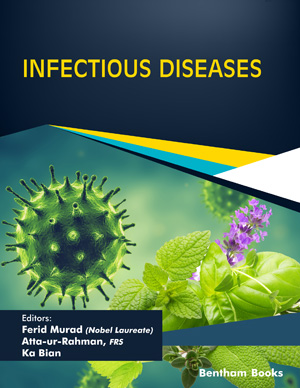Abstract
Atrial fibrillation (AF) is a prevalent condition particularly amongst the elderly, which contributes to both morbidity and mortality. The burden of disease has lead to significant increases in health care utilization and cost in recent years. Treatment of Atrial fibrillation consists of either a rate or rhythm control strategy. Rhythm control is achieved using medical management and/or catheter ablation. In spite of major strides in catheter ablation, this procedure remains a second line treatment of AF. Anti-arrhythmic medications represent the main treatment modality for the maintenance of sinus rhythm. Amiodarone has been used for decades because of its efficacy and lack of pro-arrhythmia despite numerous extracardiac side effects. Novel agents such as Dronedarone were designed to emulate Amiodarone without the extra-cardiac side effects. Unfortunately recent trials have raised concerns for the safety of this medication in certain patients. Other agents such as Vernakalant and Ranolazine are in development that promise to be more atrial selective in their action, thereby potentially avoiding pro-arrhythmia and heart failure side effects. It remains to be seen however if one or more of these agents achieves the required high efficacy and safety threshold. This review summarizes the main anti-arrhythmic clinical trials, early phase trials involving novel agents and examines the conflicting data relating to Dronedarone.
Keywords: Atrial fibrillation, anti-arrhythmic drugs, atrial selectivity, dronedarone, novel agents, ranolazine, vernakalant
Current Cardiology Reviews
Title:Novel Anti-arrhythmic Medications in the Treatment of Atrial Fibrillation
Volume: 8 Issue: 4
Author(s): Pradyot Saklani and Allan Skanes
Affiliation:
Keywords: Atrial fibrillation, anti-arrhythmic drugs, atrial selectivity, dronedarone, novel agents, ranolazine, vernakalant
Abstract: Atrial fibrillation (AF) is a prevalent condition particularly amongst the elderly, which contributes to both morbidity and mortality. The burden of disease has lead to significant increases in health care utilization and cost in recent years. Treatment of Atrial fibrillation consists of either a rate or rhythm control strategy. Rhythm control is achieved using medical management and/or catheter ablation. In spite of major strides in catheter ablation, this procedure remains a second line treatment of AF. Anti-arrhythmic medications represent the main treatment modality for the maintenance of sinus rhythm. Amiodarone has been used for decades because of its efficacy and lack of pro-arrhythmia despite numerous extracardiac side effects. Novel agents such as Dronedarone were designed to emulate Amiodarone without the extra-cardiac side effects. Unfortunately recent trials have raised concerns for the safety of this medication in certain patients. Other agents such as Vernakalant and Ranolazine are in development that promise to be more atrial selective in their action, thereby potentially avoiding pro-arrhythmia and heart failure side effects. It remains to be seen however if one or more of these agents achieves the required high efficacy and safety threshold. This review summarizes the main anti-arrhythmic clinical trials, early phase trials involving novel agents and examines the conflicting data relating to Dronedarone.
Export Options
About this article
Cite this article as:
Saklani Pradyot and Skanes Allan, Novel Anti-arrhythmic Medications in the Treatment of Atrial Fibrillation, Current Cardiology Reviews 2012; 8 (4) . https://dx.doi.org/10.2174/157340312803760785
| DOI https://dx.doi.org/10.2174/157340312803760785 |
Print ISSN 1573-403X |
| Publisher Name Bentham Science Publisher |
Online ISSN 1875-6557 |
 5
5
- Author Guidelines
- Bentham Author Support Services (BASS)
- Graphical Abstracts
- Fabricating and Stating False Information
- Research Misconduct
- Post Publication Discussions and Corrections
- Publishing Ethics and Rectitude
- Increase Visibility of Your Article
- Archiving Policies
- Peer Review Workflow
- Order Your Article Before Print
- Promote Your Article
- Manuscript Transfer Facility
- Editorial Policies
- Allegations from Whistleblowers
- Announcements
Related Articles
-
From Dual Peroxisome Proliferator Activated Receptor Agonists to Selective Peroxisome Proliferator Activated Receptor Modulators
Recent Patents on Endocrine, Metabolic & Immune Drug Discovery (Discontinued) Use of Angiotensin Receptor Blockers and Risk of Alzheimer’s Disease: A Class Effect?
Current Reviews in Clinical and Experimental Pharmacology Peptidyl Fluoro-Ketones as Proteolytic Enzyme Inhibitors
Current Topics in Medicinal Chemistry Molecular Imaging Aided Improvement in Drug Discovery and Development
Current Biotechnology Evaluation of the Prevalence of Sleep Disorder Among Patients with Type 2 Diabetes Mellitus Referring to Ghaem Hospital from 2016 to 2017
Current Diabetes Reviews Evaluation of Early Regenerative Processes in a Preclinical Pig Model of Acute Kidney Injury
Current Molecular Medicine Biofilms: An Extra Hurdle for Effective Antimicrobial Therapy
Current Pharmaceutical Design Inflammatory Cardiovascular Risk Markers in Obstructive Sleep Apnoea Syndrome
Cardiovascular & Hematological Agents in Medicinal Chemistry Angiotensin Converting Enzyme 2 Activator (DIZE) Modulates Metabolic Profiles in Mice, Decreasing Lipogenesis
Protein & Peptide Letters An Overview of Nanoformulated Nutraceuticals and their Therapeutic Approaches
Current Nutrition & Food Science Editorial (Thematic Issue: Experimental Pharmacological Targets for the Treatment of Cardiac Arrhythmias: Beyond the Vaughn-Williams Classification)
Current Medicinal Chemistry Therapeutic Monitoring of Plasma Digoxin for COVID-19 Patients Using a Simple UPLC-MS/MS Method
Current Pharmaceutical Analysis Molecular Pharmacology of Non-L-type Calcium Channels
Current Pharmaceutical Design Evolution of Novel Non-Steroidal Anti-Inflammatory Drugs with Reduced Gastrointestinal Adverse Effects
Anti-Inflammatory & Anti-Allergy Agents in Medicinal Chemistry Cannabinoids and Cardiovascular Disease: The Outlook for Clinical Treatments
Current Vascular Pharmacology Antisynthetase Syndrome: A Review of Etiopathogenesis, Diagnosis and Management
Current Medicinal Chemistry Adiponectin and its Role in Cardiovascular Diseases
Cardiovascular & Hematological Disorders-Drug Targets Anesthetic Pharmacology and Perioperative Considerations for Heart Transplantation
Current Clinical Pharmacology Vascular Risk Factors, Vascular Diseases, and Imaging Findings in a Hospital-based Cohort of Mild Cognitive Impairment Types
Current Alzheimer Research Cardiac Protection via Metabolic Modulation: An Emerging Role for Incretin-Based Therapies?
Cardiovascular & Hematological Agents in Medicinal Chemistry


